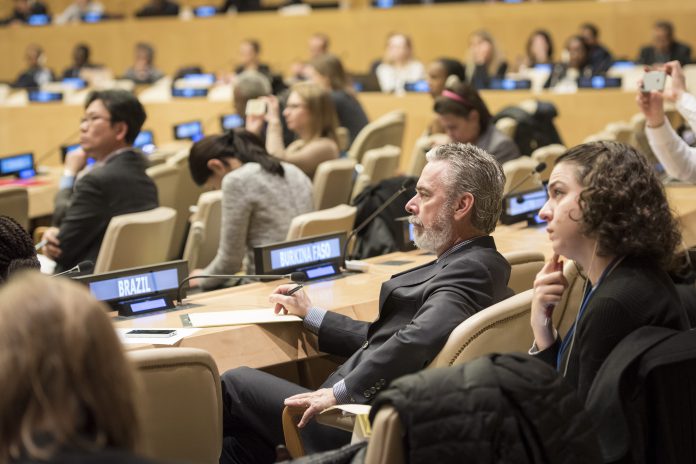Beyond the economic cost, the Zika virus can exacerbate gender and health access inequalities. Marta and João live in a small town in Brazil's Paraiba state. While pregnant with her fifth child, Marta showed symptoms of the Zika virus. Now just a few months old, Luiz requires constant monitoring, and it is uncertain whether he will be able to walk or even talk in the future.
The couple's problems are compounded by financial difficulties, and unfortunately, this struggle is not exceptional. Poor households are the most likely to be exposed to the virus, and the least equipped to cope with the consequences of the disease.
No vaccine has yet been developed, and the number of babies born with birth defects continues to rise.
Three scenarios with different rates of infection with the virus were considered to define the short- and long-term cost of the Zika epidemic - including the cost of diagnosis and healthcare, lost revenue from tourism, reduced productivity due to absenteeism of healthcare personnel, and the cost of long-term disability.
In the best-case scenario, the cost of the current Zika epidemic is estimated at US$7 billion over three years, and this figure could rise to US$18 billion in the worst-case scenario. The additional cost of a five percent increase in the number of people infected is estimated at around 1 billion dollars.
In addition to the economic cost, the virus can further exacerbate gender inequalities and inequalities in access to healthcare. Evidence shows that more and more women in the region are seeking to terminate their pregnancies, in defiance of the law and even of their own lives and health. Women already earn less than men and are affected in greater numbers by poverty and unemployment. And these inequalities could increase with women and girls forced to stop work to care for sick family members. Far-reaching action is needed to tackle diseases like Zika, as the factors that foster vulnerability go far beyond the health sector: housing, sanitation, gender inequalities, socio-economic status and urban infrastructure all impact on the risk of infection.
And it is the poorest and weakest who bear the highest cost, largely women.
Multi-sectoral" responses from civil society, international organizations, affected communities and the private sector have proved highly effective in combating the malaria epidemic in Africa. Similarly, community involvement in the fight against dengue fever has been shown to reduce both mosquito proliferation and virus transmission.
The lesson: to prepare for and respond to emerging infectious diseases, we need to tackle health and development issues at the same time.
If we fail to improve the living conditions of poor families and overcome gender inequalities, public health and socio-economic progress for all will remain precarious.
for all will remain precarious.
The Zika epidemic reminds all countries and peoples of their vulnerability, and that a disease that primarily affects poor populations has significant social and economic consequences for all communities, regions and nations


